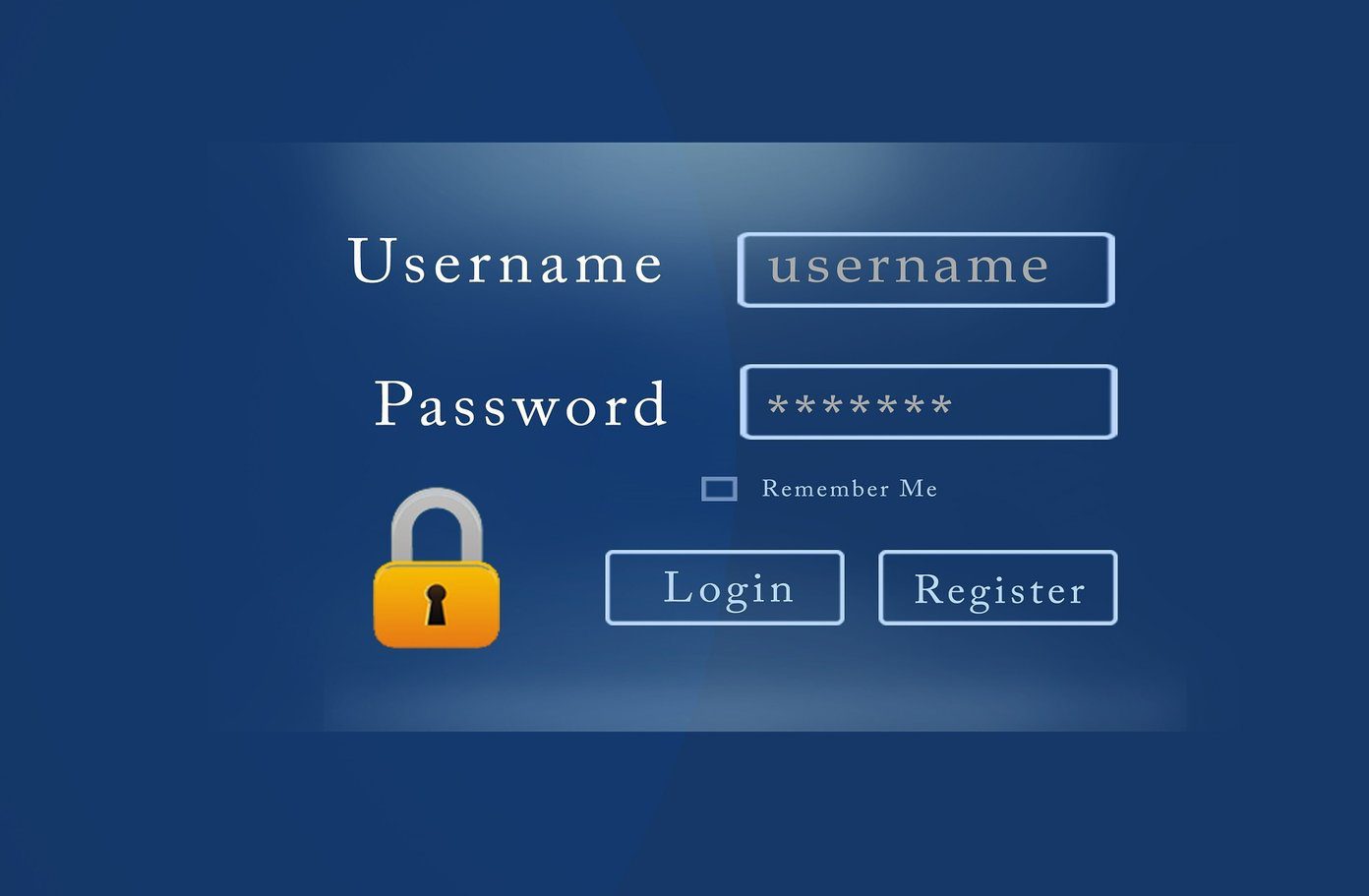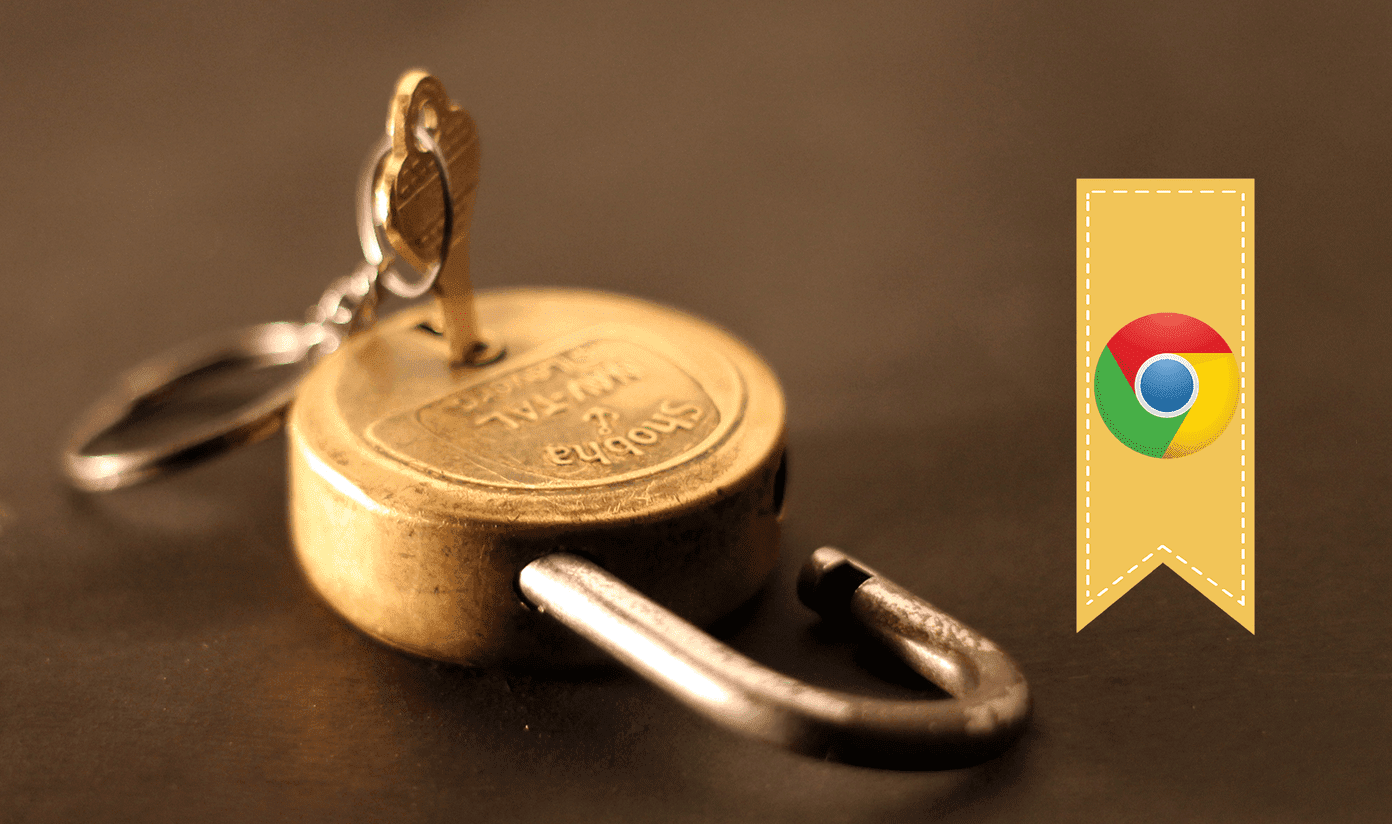Typically, you have to launch Chrome first in the normal mode. Then, click on the profile picture icon and select Open Guest Window. Now that’s not a difficult job. But what if you don’t want the other person to know that you are giving them the guest mode or you want to launch it quickly? To achieve that, you can make Chrome always launch in the guest mode. Here’s how to do it on Windows-based computers and Macs.
Always Start with Chrome Guest Mode on Windows
There are three methods to launch Chrome in the guest mode on Windows directly. Let’s check them out.
Method 1: Launch Guest Mode Using Chrome Shortcut
In this method, you need to create a Chrome shortcut and then append a string in the Target text box. Then, clicking the new shortcut will directly open the guest mode. Don’t get confused. Here are the steps in detail.
1. Create a Chrome Shortcut
Step 1: You need to add a Chrome shortcut icon on the desktop. For that, drag and drop the Chrome icon from the Start Menu on the desktop. Alternatively, go to the directory where Chrome is installed. It’s usually present in: Right-click on the Chrome.exe icon and select Send to. Then, click on Desktop (create shortcut). Step 2: Open desktop. You will see the newly added Chrome icon.
2. Add Target in Properties
Step 1: Right-click on the newly added Chrome shortcut icon on the desktop and select Properties from the menu. Step 2: In the Shortcut tab, next to the Target field, enter –guest after Chrome.exe’’ text. Then, click on OK button.
3. Rename Shortcut
Renaming the Chrome shortcut will help you to differentiate the guest mode icon easily. This step isn’t mandatory but it would make things for anyone using your computer. For that, right-click on the newly added Chrome icon and select Rename. Then type any name you prefer. For instance, I have named it Google Chrome Guest Mode.
4. Open Guest Mode
The above steps are a one-time task. Now, whenever you want to launch the guest mode directly, double-click on the guest mode Chrome icon.
Method 2: Launch Guest Mode from Profile Manager
Another way to launch the guest mode directly is from the profile manager window. Here, the guest mode will not open directly, but you will be shown the profile manager screen. You have to click on Browse as Guest. The benefit of using this method is that you don’t need to add multiple shortcuts for different profiles on the desktop. You can open one window and then browse from the preferred profile. Here are the steps: Step 1: Add a Chrome shortcut on the desktop, as shown above. Step 2: Right-click on the new Chrome icon and go to Properties. Step 3: Under the Shortcut tab, next to the Target box, type the following string: Then, click on Apply. Step 4: Rename the shortcut by right-clicking on the shortcut and select Rename. Give a name of your choice. Step 5: Double-click on that icon, and you will be taken to the profile switcher screen. Click on Browse as Guest.
Method 3: Launch Guest Mode from Run Dialog
In case you don’t want to add a shortcut but want to launch the guest mode from any screen on your Windows laptop, you can do that too. For that, you will have to take the help of the Run dialog box. Press Windows + R shortcut on your keyboard to launch the dialog box. Type the following query Then, hit OK. Chrome will launch the guest mode.
Start Chrome with Guest Mode on Mac
Even though you can launch the guest mode directly on macOS too, the process is slightly complicated as compared to Windows. That’s because you have to create a script for that. The script shortcut won’t have a Chrome icon; instead, it will have its own icon. Take a chill pill. We will guide you through the steps, which you have to do just once. Step 1: You need to launch the AppleScript Editor. For that, launch Spotlight using the Cmd+Space shortcut or click on the search icon at the top-right corner. Then type applescript editor and hit Enter. Step 2: Click on New Document at the bottom. Step 3: The AppleScript Editor window will open. Copy and paste the script mentioned below in it. (Scroll from left to right to copy the complete script.) Step 4: Click on File at the top and select Save from it. Step 5: You will have to name your script and choose a location to save. Type an easily identifiable name such as Google Chrome Guest Mode and choose Desktop as the save location under Where. Select the File Format as Application. Finally, click on the Save button. Step 6: You will find the newly created script on the desktop. Use it to launch the guest mode directly.
Bonus Tip: Add Symbol to Guest Mode Icon on Windows
If you have ever used the multiple profile feature of Chrome, you must have noticed that it adds a tiny symbol on the Chrome icon. You can use the same feature to add a symbol to the guest mode shortcut icon. That will further make it easy to recognize the guest mode icon. For that, follow these steps: Step 1: Launch Chrome in the normal mode. Then, click on the profile picture icon at the top and select Manage people from the menu. Step 2: Click on Add Person at the bottom. Step 3: Type a name for the profile. You can name it guest. Select an icon of your choice from the list. Check the box next to Create a desktop shortcut for this user. Then, hit Add. Step 4: A new desktop icon will be created with the name that you set above. Right-click on that icon and select Properties. Step 5: You need to remove the existing string that is present after chrome.exe” and replace it with -–guest in Target. Again, make sure to leave a blank space between the two strings. Click on OK. Step 6: Your Chrome guest mode shortcut with a symbol of your choice is ready. Double-click on it to launch the mode.
Welcome the Guest
The above methods let you easily switch to a guest profile on Chrome without actually launching Chrome. However, we would have appreciated if there was a native method to create a guest mode shortcut on the desktop as the current one for other guest profiles. You never know, Google might launch it soon. Till then, we will have to welcome the guests, as shown above. Next up: Is Chrome giving you trouble? Fix it by resetting Chrome settings. But do check from the link provided below as to what happens by resetting Chrome. The above article may contain affiliate links which help support Guiding Tech. However, it does not affect our editorial integrity. The content remains unbiased and authentic.

































